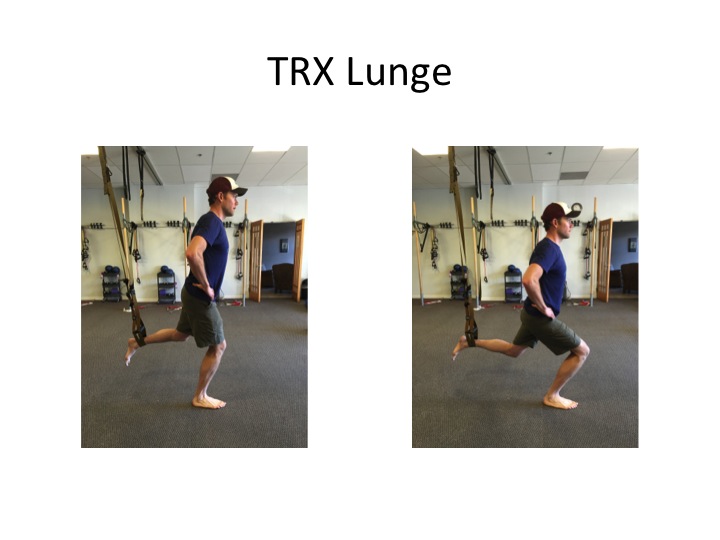The lunge is a very common exercise to strength the lower quarter. I commonly use the exercise to address lower quarter weakness, motor control or coordination impairments, and conditioning needs. Often patients will experience knee pain, either in the forward or backward leg while performing the movement. Changing the alignment of the trunk, hip, or knee helps alleviate this pain. A new biomechanics research paper sheds light into the importance of joint alignment during the lunge.
Authors in the Journal of Orthopedic Sports Physical Therapy studied 18 participants under either a forward trunk or shin position as well as vertical trunk and knee positions (Hofmann et al. JOSPT. 2016). The authors reported the greatest knee stresses were placed on the trailing leg regardless of alignment of the trunk or lead leg. A vertical trunk and shin produced the lowest lead leg knee stress but this position led to higher stresses on the trailing leg. Conversely, a forward trunk and shin position resulted in higher stresses in the lead leg. This study highlighted the importance of alignment and postural control during exercise performance.

